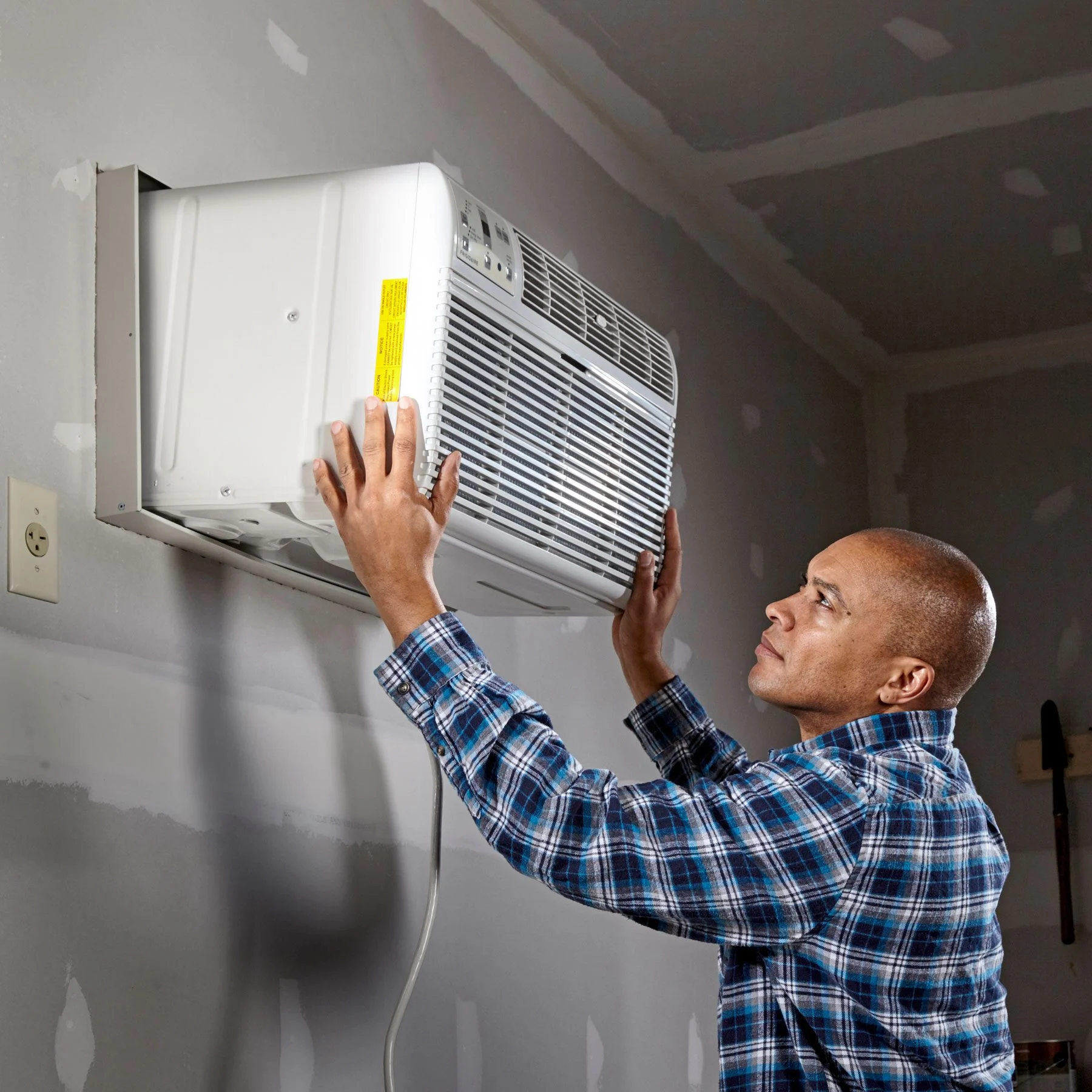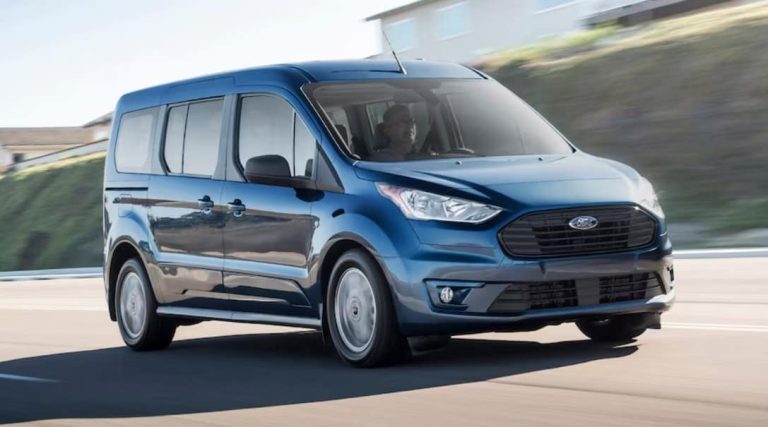
Air conditioning (AC) units have become an essential part of modern living, providing comfort and maintaining a pleasant indoor environment during hot and humid weather. With various types of AC units available in the market, it can be challenging to choose the right one for your needs. This comprehensive guide will help you understand the different types of AC units, their features, and which might be the best fit for your home or office. Additionally, we will touch upon specific models like the Dawlance inverter AC and the Gree AC GS-12PITH11 Turbo to give you an idea of their prices and capabilities.
Types of AC Units
1. Window AC Units
Window AC units are one of the most common and affordable types of air conditioners. They are designed to fit into a standard window frame and are suitable for cooling single rooms. These units are relatively easy to install and maintain.
Pros:
- Cost-effective
- Easy installation
- Ideal for small spaces
Cons:
- Noisy operation
- Obstructs the window view
- Limited cooling capacity
2. Split AC Units
Split AC units consist of two main components: an indoor unit and an outdoor unit. The indoor unit is mounted on the wall inside the room, while the outdoor unit is placed outside the building. These units are known for their efficiency and quiet operation.
Pros:
- Quiet operation
- Efficient cooling
- Aesthetically pleasing
Cons:
- Higher installation cost
- Requires professional installation
- Not portable
3. Portable AC Units
Portable AC units are standalone devices that can be moved from room to room. They come with a hose that needs to be vented out through a window or door. These units are ideal for renters or those who need temporary cooling solutions.
Pros:
- Portable and versatile
- Easy to install
- No permanent installation required
Cons:
- Less efficient than window or split units
- Noisy operation
- Requires regular maintenance
4. Central AC Units
Central AC units are designed to cool entire buildings or large homes. They use a system of ducts to distribute cool air throughout the building. These units are highly efficient and provide consistent cooling.
Pros:
- Efficient cooling for large spaces
- Quiet operation
- Consistent temperature control
Cons:
- High installation cost
- Requires professional maintenance
- Not suitable for small spaces
5. Inverter AC Units
Inverter AC units are a type of split AC that uses advanced technology to regulate the compressor’s speed. This allows for more efficient and consistent cooling, reducing energy consumption and operating costs.
Pros:
- Energy-efficient
- Quiet operation
- Consistent cooling
Cons:
- Higher initial cost
- Requires professional installation
- More complex maintenance
Key Features to Consider
When choosing an AC unit, there are several key features to consider to ensure you get the best performance and value for your money:
1. Cooling Capacity
The cooling capacity of an AC unit is measured in British Thermal Units (BTUs). The higher the BTU rating, the more powerful the unit. It’s essential to choose an AC unit with the appropriate cooling capacity for the size of your room or space.
2. Energy Efficiency
Energy efficiency is a crucial factor to consider, as it can significantly impact your electricity bills. Look for units with a high Energy Efficiency Ratio (EER) or Seasonal Energy Efficiency Ratio (SEER) rating. Inverter AC units, such as the Dawlance inverter AC, are known for their high energy efficiency.
3. Noise Level
The noise level of an AC unit can affect your comfort, especially if the unit is installed in a bedroom or office. Split and inverter AC units are typically quieter than window and portable units.
4. Installation and Maintenance
Consider the installation requirements and maintenance needs of the AC unit. Some units require professional installation and regular servicing, while others can be easily installed and maintained by the user.
5. Additional Features
Modern AC units come with various additional features, such as remote control, programmable timers, air purifiers, and smart connectivity. These features can enhance the convenience and functionality of the unit.
Spotlight on Specific Models
Dawlance Inverter AC Price
Dawlance Inverter AC Price Dawlance is a well-known brand that offers a range of inverter AC units. Inverter AC units are popular for their energy efficiency and consistent cooling performance. The price of Dawlance inverter AC units can vary depending on the model and features. On average, you can expect to pay between $500 to $1000 for a Dawlance inverter AC, depending on the cooling capacity and additional features.
Gree AC GS-12PITH11 Turbo
The Gree AC GS-12PITH11 Turbo is a high-performance split AC unit that is known for its efficient cooling and advanced features. This model comes with a turbo cooling function, which provides rapid cooling to quickly bring down the room temperature. The Gree AC GS-12PITH11 Turbo is also equipped with an energy-efficient inverter compressor, making it an excellent choice for those looking to reduce their energy consumption.
Key Features of Gree AC GS-12PITH11 Turbo:
- Turbo cooling function for rapid temperature reduction
- Inverter compressor for energy efficiency
- Quiet operation
- Advanced air purification system
The price of the Gree AC GS-12PITH11 Turbo can range from $600 to $1200, depending on the region and retailer.
Conclusion
Choosing the right AC unit can significantly impact your comfort and energy consumption. By understanding the different types of AC units and their features, you can make an informed decision that meets your cooling needs and budget. Whether you opt for a cost-effective window AC, a versatile portable unit, or a high-efficiency inverter model like the Dawlance inverter AC or the Gree AC GS-12PITH11 Turbo, it’s essential to consider factors such as cooling capacity, energy efficiency, noise level, and additional features. Investing in the right AC unit will ensure you enjoy a comfortable indoor environment all year round.






